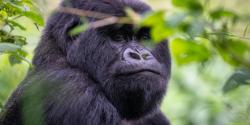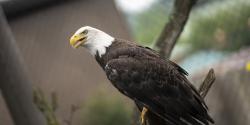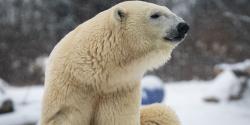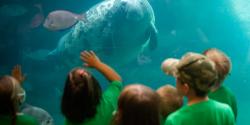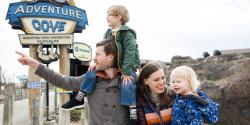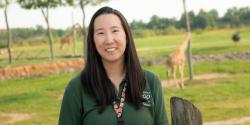On the rolling prairies of South Dakota, sixty-two young bison, born at The Wilds, recently began a new journey. After careful planning and months of preparation, these yearlings traveled west to join the Cheyenne River Sioux Tribal buffalo herd, taking their place on ancestral land where bison have shaped grasslands and sustained communities for generations.
This marks the second bison transfer from The Wilds to the Cheyenne River Sioux Tribe. Together with our partners—the InterTribal Buffalo Council (ITBC), the Cheyenne River Buffalo Authority Corporation, and the Wildlife Restoration Foundation (WRF)—we are strengthening both ecosystems and cultural connections.
A Shared Vision for the Future
The American bison is a species with a story of resilience, restoration, and cultural survival. Once numbering in the tens of millions, bison were nearly driven to extinction by overhunting and habitat loss in the 19th century. That loss devastated grasslands and disrupted the traditions of Tribal nations who relied on buffalo for food, shelter, clothing, and spiritual practices.
The Wilds is proud to be part of a movement that is not only restoring bison populations, but also honoring the enduring relationship between buffalo and people. Through our North American Center for Bison Conservation, we are bringing together partners from across the country to create a future where bison thrive once more.
“At The Wilds, we see every bison calf born here as part of something much bigger. These transfers are about contributing to the long-term health of grasslands and honoring the deep cultural connections that Tribal nations have with bison.”
— Dan Beetem, Director of Animal Management, The Wilds
Milestones in Bison Conservation at The Wilds
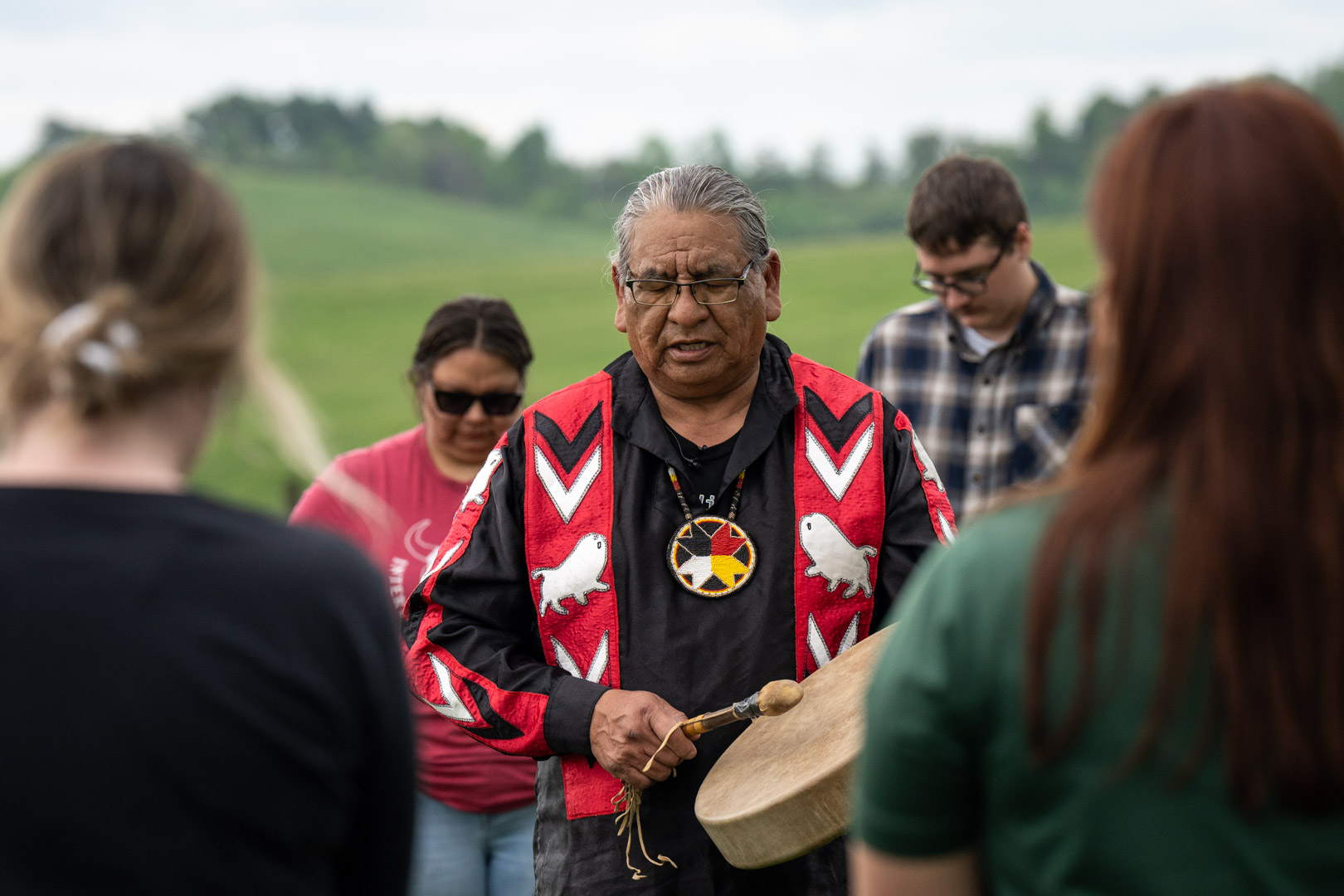
July 2024 – The First Transfer. The Wilds reached a major milestone in July 2024 when 74 bison were relocated from Ohio to the Cheyenne River Sioux Reservation in South Dakota. This effort was carried out in partnership with the InterTribal Buffalo Council (ITBC), the Wildlife Restoration Foundation (WRF), and the Cheyenne River Sioux Tribe.
Before the bison began their journey, a traditional departure ceremony was led by Cheyenne River Sioux Tribal Elder Ivan Looking Horse, who offered prayers and blessings in the Tribe’s native language. For The Wilds’ animal care teams and Tribal partners alike, this ceremony was a deeply meaningful moment that underscored the cultural and ecological importance of restoring bison to their homelands.
October 2025 – The Second Transfer. In October 2025, another group of 62 yearling bison born at The Wilds made the same journey west to South Dakota. These younger animals were welcomed into the Cheyenne River Sioux Tribal herd, where they will play a critical role in enhancing genetic diversity and strengthening the long-term resilience of the herd. The transfer represents an ongoing commitment to partnership, to honoring cultural connections, and to ensuring that future generations of both people and bison continue to benefit from these efforts.
The Bison Conservation Herd Prototype
Beyond these transfers, The Wilds has committed to establishing a long-term foundation for bison conservation. On 600 acres of grassland, a herd that ranges from 80-150+ bison is managed with a focus on maintaining strong genetics, natural herd structures, and authentic behaviors. This herd serves as a Bison Conservation Herd Prototype, a model designed to guide future conservation-focused herds across North America. By managing bison in a way that mirrors natural systems, The Wilds provides valuable insights that can support conservation leaders and Tribal nations working to restore bison elsewhere.
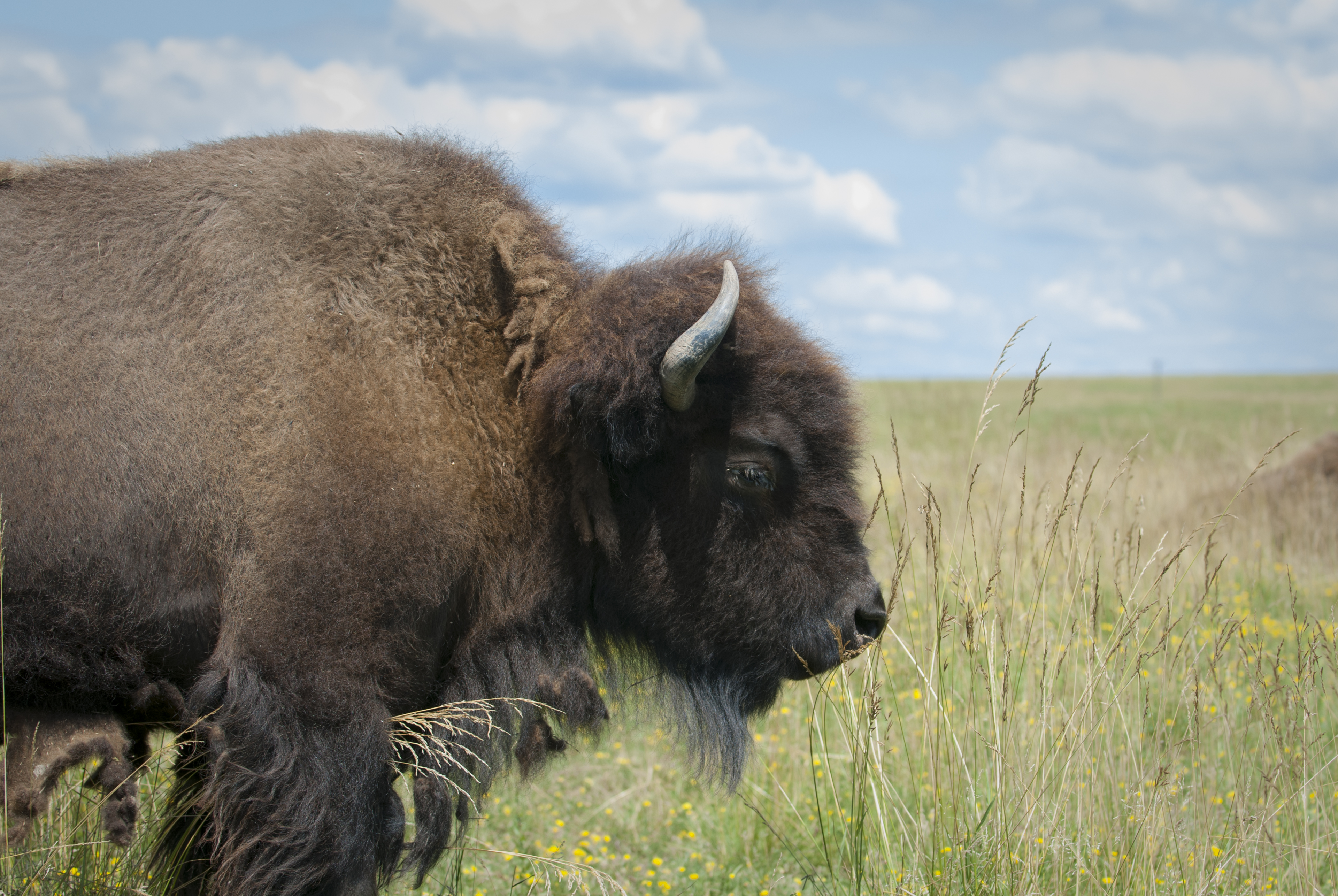
Why Bison Matter
Ecological Role
- They’re a keystone species that help balance prairie ecosystems
- Their grazing maintains plant diversity and soil health
- Wallowing creates microhabitats for amphibians and birds
Cultural Significance
- Bison are the National Mammal of the United States
- They’re integral to the lifeways, traditions, and diets of Tribal nations
- They’re a symbol of resilience and restoration
Conservation Impact
- Less than 5% of historic prairie habitat remains today
- Bison restoration supports biodiversity and carbon sequestration
- Conservation herds ensure genetic diversity for the future
Walking Together
The Wilds and our partners are committed to walking this path together. Conservation of the American bison is about restoring ecosystems, strengthening cultural traditions, and honoring history.
As Jayme Murray, CEO of the Cheyenne River Buffalo Authority Corporation, shared after the first transfer: “The bison are happy and content in their natural habitat on the plains of South Dakota. They will be integrated into our herds to promote genetic diversity. Thank you to The Wilds and everyone who made this possible.”
Gratitude for Supporters
Every safari guest at The Wilds who witnesses bison grazing on the horizon, every donor who contributes to conservation, and every partner who walks alongside us helps make this work possible.
Your support allows us to:
- Care for a thriving herd of 150 bison at The Wilds
- Build partnerships with Tribal nations across the Great Plains
- Train future conservation leaders
- Protect endangered grasslands and biodiversity
When you support The Wilds--through tours, overnight stays, and donations--you are helping write a new chapter for one of North America’s most iconic species.
Learn More
Discover more about the North American Center for Bison Conservation and how you can help continue this journey!
North American Center for Bison Conservation

